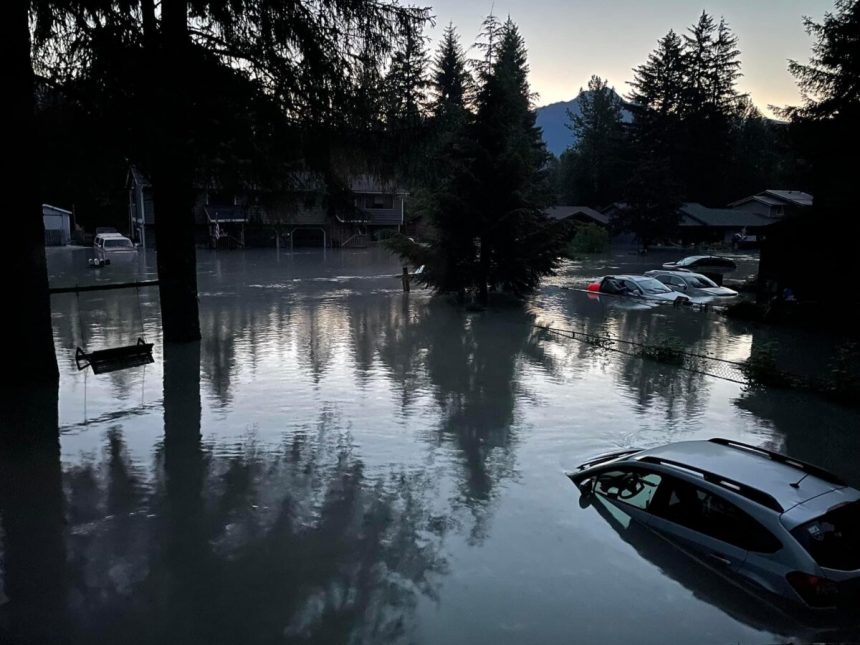In the early hours of August 6, a glacier-dammed lake in Juneau burst through the ice, causing massive flooding in the Mendenhall Valley. The largest flow ever recorded in the Mendenhall Basin occurred, surpassing historic levels from the previous year. With an estimated 16 billion gallons of water, equivalent to over 32,000 Olympic-sized swimming pools, rushing into the river, homes and businesses were severely impacted. Governor Mike Dunleavy declared a state disaster emergency, and Senator Lisa Murkowski visited Juneau to assess the damage and speak with affected residents. Glacier lake outburst floods, attributed to human-induced climate change, have become more common worldwide. Suicide Basin, located near the Mendenhall Glacier, fills with rain and meltwater each summer due to glacier recession, leading to annual floods since 2011. As the threats of flooding continue to escalate, residents are faced with the challenge of clean-up and rebuilding efforts. Despite efforts to enhance early warning systems and improve disaster preparedness, the issue of equity in resilience remains a concern, highlighting the disparities in addressing natural hazards. The aftermath of the flood serves as a reminder of the ongoing struggles faced by communities living in close proximity to rapidly melting glaciers in the era of climate change.






